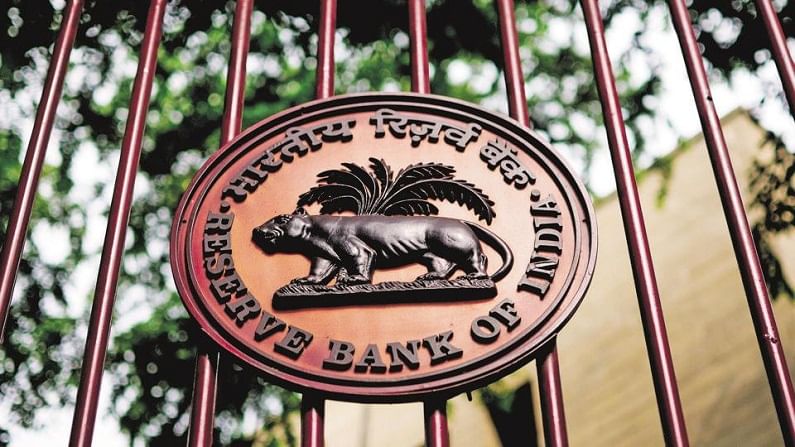Green finance, climate issues on RBI's radar
Banks too giving greater attention as borrowing cost is cheaper in the global market for sustainable projects.

Fund-raising ways of companies are in for a positive change as the Reserve Bank of India is giving priority to discussions on green finance and climate issues. The RBI is learning from other central banks and regulators and contributing to global efforts on green finance and the broader context of environmentally sustainable development, the Business Standard quoted from a speech of deputy governor M Rajeshwar Rao.
Role of central banks
According to the news report, the coordination among central banks is achieved through two platforms– Central banks and Supervisors Network for Greening of the Financial System (NGFS) and the Basel Committee on Banking Supervision’s Task Force on Climate-related Financial Risks (TFCR).
India doesn’t have a green standard to regulate the funding of sustainable projects. Green finance is part of the priority sector but only for specific loans up to Rs 16 crore, according to the report. “There are no hard rules that banks must insist on a green and sustainable certificate before loosening their purse strings,” said the report, adding that this may change rapidly as India becomes a part of NGFS.
Banks committing to green targets
Even as investors are benefiting from low-cost borrowing in global markets for sustainable projects, banks in India are committing to green targets. According to the news report, Axis Bank had committed Rs 30,000 crore towards sustainable lending till 2026. HDFC, India’s largest mortgage lender, accepts “green and sustainable” deposits, it said, Various other banks are putting out sustainability reports, spelling out their commitment to the environment.
Firms are discovering that green finance is much less cheap, and easily available financing for projects in international markets.
The cumulative amount of green bonds raised so far is about $16-17 billion, of which just about 14-15% is in rupees, the report quoted Sandeep Bhattacharya, India Projects Manager, Climate Bonds Initiative.
No unanimity
Green finance is not something that finds support from all corners. Former RBI governor Raghuram Rajan last month had said it is not the job of a central bank to talk about green finance.
He criticised, “politically-driven unlegislated areas such as ‘green investments” as a central bank has a lot of other things to keep its focus on. He cited threats posed by cryptocurrencies that need the attention of central banks.
Rajan’s successor at the RBI, Urjit Patel on the other hand exhorted the central banks to embrace climate risk calculations in their policymaking.
A former chairman of the State Bank of India (SBI) pointed out that banks have been working on climate finance issues much before the RBI entered the space. SBI was the first bank in the country to publish a sustainability report and change its offices, wherever possible, to international green norms.
“It will not be possible to suddenly tell banks to stop lending to polluting industries, but a road map can be laid where the share of green projects can be increased in stages,” he said.
Former Deputy Guv’s view on RBI’s current stand
On RBI’s monetary policy, the former deputy governor R Gandhi said that the apex body is expected to continue with its current accommodative stance. He believes the RBI could maintain an accommodative stance to maintain enough liquidity in the system.
He said the low-interest rate regime will continue to support the economic activities.
Gandhi had said, “In my assessment, normalisation or monetary policy tightening in India is several quarters away. Definitely, not in the current fiscal. Economy is reviving but we have not reached the absolute pre-Covid level of 2019-20.”